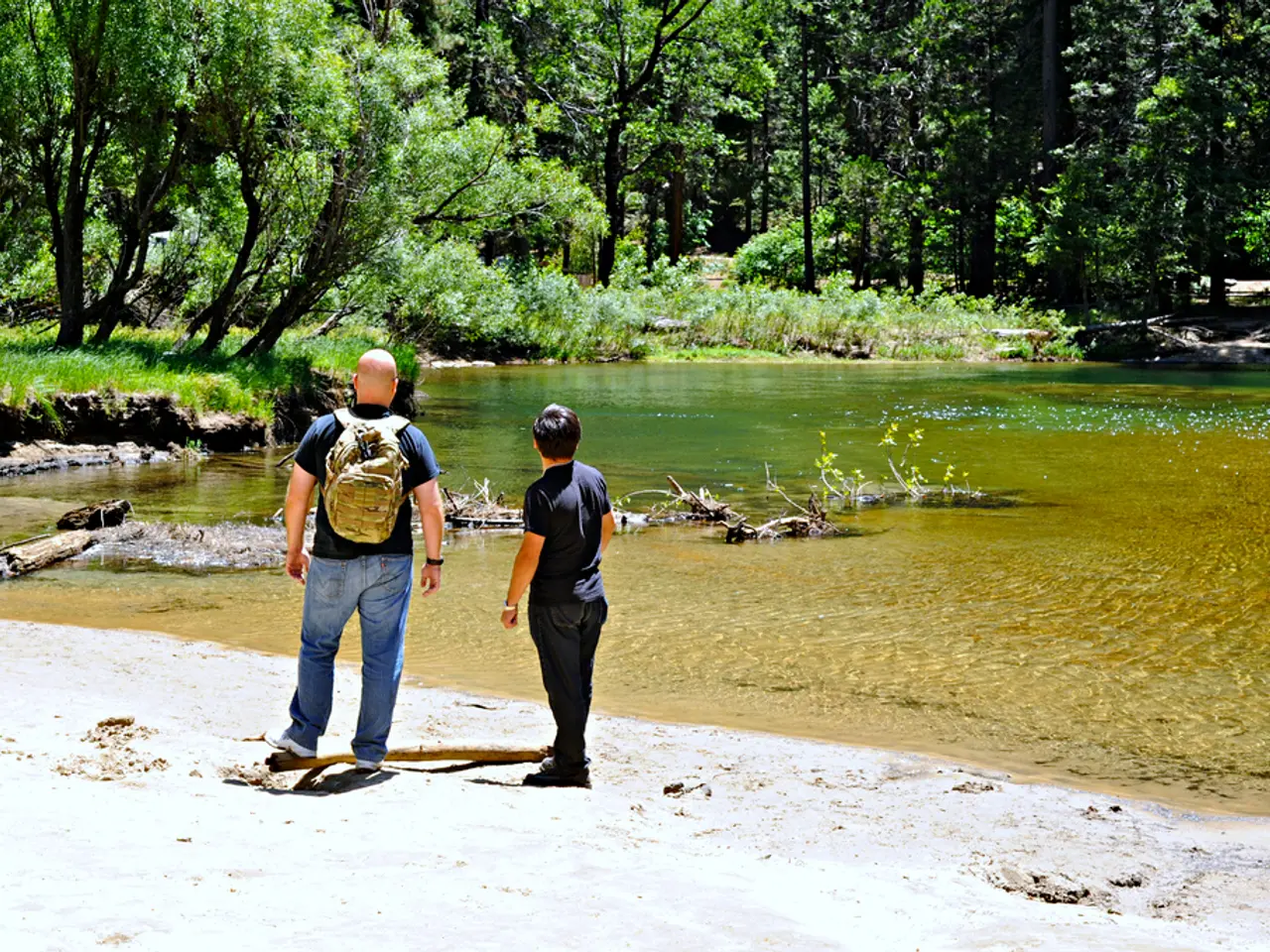Uncovered: The Radioactive Mess at Iran's Natanz Nuclear Site
The Ugly Truth
Increased Emissions at Iranian Factory
A chilling report from the International Atomic Energy Agency (IAEA) shines a stark light on the mess at Iran's Natanz nuclear facility, following a recent attack. While radiation levels outside the compound remain within safe limits, the IAEA chief Rafael Grossi, in a sobering address to the UN Security Council, declared that both radiological and chemical contamination are wreaking havoc inside the Natanz facility.
The Devil in the Details
Grossi suspects that uranium isotopes might be scattered throughout the site. The primary threat, however, doesn't stem from radiation but rather the chemical contamination. The facility, bearing the brunt of a recent Israeli attack, is now a ticking time bomb.
Grossi further sounded the alarm over potential attacks on other facilities like the Bushehr nuclear power plant on the Persian Gulf, which stores a staggering amount of nuclear material. A direct hit could unleash a wave of radioactive substances into the environment. Moreover, a strike that incapacitates the power plant's two power supply lines could potentially lead to a meltdown of the reactor core.
In the event of an attack on a research reactor in Tehran, parts of the Iranian capital may need to be fortified with protective measures.
Not Just a Numbers Game
Contrary to Iran's reassuring statements about the absence of contamination at its nuclear sites, the IAEA's satellite imagery reveals damage to the underground enrichment halls at Natanz. The agency has also flagged potential dispersion of uranium isotopes in compounds like uranium hexafluoride and uranyl fluoride, which, if they come into contact with water, could pose severe chemical toxicity risks.
The risks inside the facility include radiation risks from alpha particles, which can be fatal if inhaled or ingested, and chemical toxicity issues due to uranium hexafluoride and fluoride compounds. Iran has denied any signs of contamination at its nuclear sites.
In essence, while there's no external radiological impact, the internal contamination within the Natanz facility calls for stringent safety measures to safeguard worker health during cleanup and maintenance efforts.
Sources: ntv.de, dpa[1] th, ur: Uranium isotopes[2] Satellite imagery, uranium hexafluoride, uranyl fluoride: IAEA analysis and satellite imagery data[3] Iran's assertions about the absence of contamination: Public statements made by Iranian officials and the state media.
- The Commission has also been asked to submit a proposal for a directive on the protection of workers from the risks related to exposure to ionizing radiation, such as the alpha particles present in the Natanz nuclear facility, in light of its internal contamination.
- The science community is expressing deep concerns over the potential environmental impacts of a future attack on Iran's nuclear facilities, given the chemical toxicity risks associated with compounds like uranium hexafluoride and uranyl fluoride, particularly if they come into contact with water.
- The industry sector, including the energy industry, is keeping a close eye on the situation at the Natanz nuclear facility, as any mishandling of the chemical contamination could have far-reaching consequences, such as an industrial accident or a spill into nearby water sources.
- The political implications of the ongoing dispute over Iran's nuclear program are far-reaching, spilling over into general news and international discussions on war and conflicts, such as the ongoing tensions in the Middle East.
- Climate-change activists are urging global finance institutions to reconsider investments in the Iranian industry, particularly in the energy sector, due to the potential environmental and human health risks associated with the radiation and chemical contamination at the Natanz nuclear facility.




